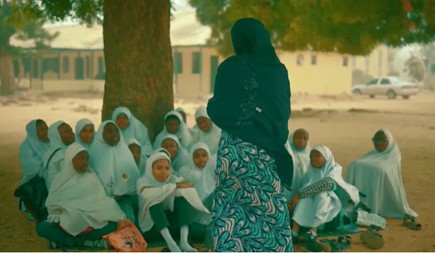OER 1 Attitudes to languages and gender
3.2 School leaders – Activity 2
 Observe language and participation
Observe language and participation
1. First, briefly review the language policy or rules for your school.
- What do the rules say about the language or languages that are to be used for teaching and learning? How strict or flexible is this?
- Are the rules the same for teachers and for students?
- Are there any allowances, such as for students from other language groups?
- Is there an official government language-in-education policy that is relevant to your context?
- How is the language policy or rule made known to students and to parents?
2. Make time to walk around your school to listen in on teaching and learning with a focus on languages in the classrooms. You can do this just by standing or sitting outside classes. Such informal, in-the-moment observations can give realistic and useful information and should not put the teacher under pressure. Do this over a few days.
These are not formal observations or assessments of teachers.
The aim here is not to check or enforce the language rules. The goal is to support teachers and students to work as well as possible within the rules.
- Listen to how teachers and students use languages. Do they use one language only, or do they use more than one language? Who does most of the speaking?
- Do teachers use certain languages for classroom management, or for certain subjects?
- If teachers switch between different languages, do students seem to find this helpful?
- If teachers use one language only, do you think this is helpful to all students? Do you think there are differences for girls and boys, or for specific groups of girls and boys together?
- Are students allowed to use local languages outside the classroom, for instance, in break times?
- Are students punished for using certain languages?
- Make notes on what you find.
3. In your observation, do you think any students are left out because of language differences or language abilities?
4. Could you describe these students as a group, if they have things in common such as their language, ethnicity, religion or caste?
5. What could have made a difference to their learning?

6. Write a summary that describes your observations and your thoughts. You can do this in your own notebook, or in the free writing space here.
7. In a staff meeting, without naming any staff or students, share your observations and thoughts with teachers.
Acknowledge to teachers the challenges that they face.
8. Depending on what is permitted in your context, see OER2 for ideas on how to improve student participation and support teachers to try out these activities.
Did you know?
There is research evidence around the world that students’ other languages can help them to learn the language of instruction, not hinder it. See the ‘Further resources’ section for reading on this.
